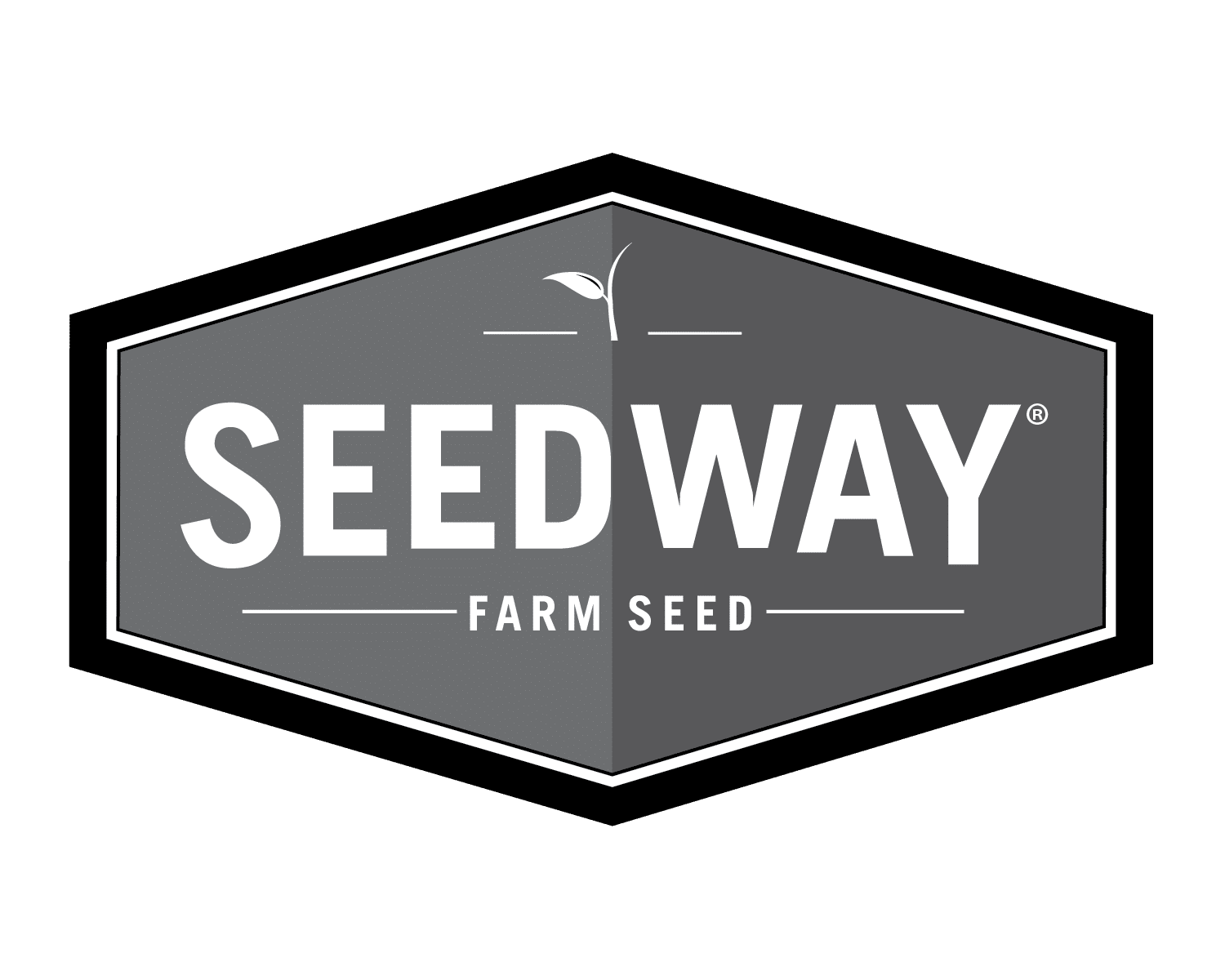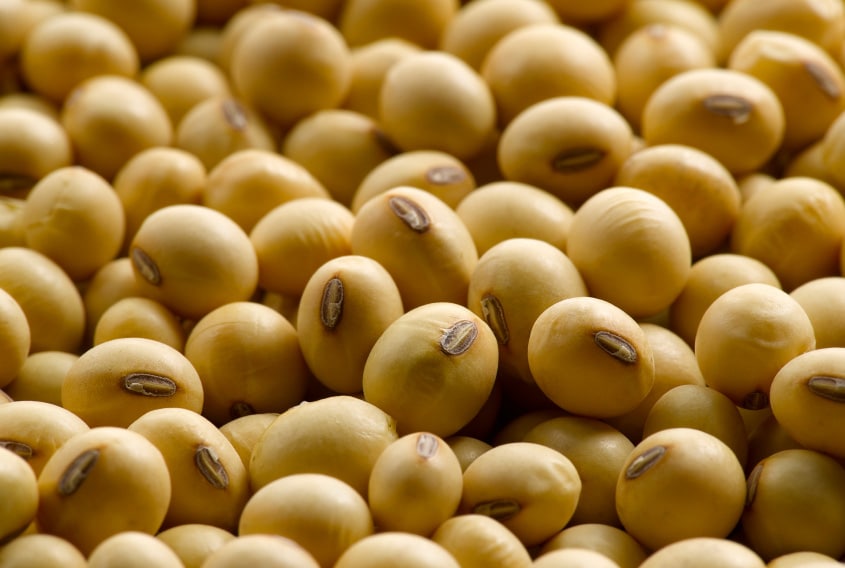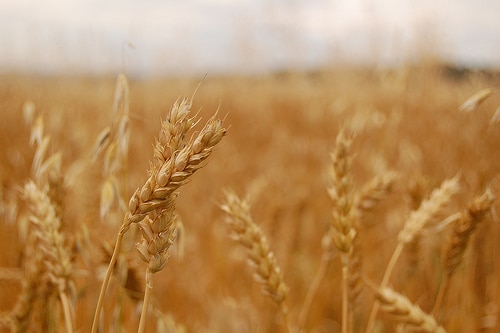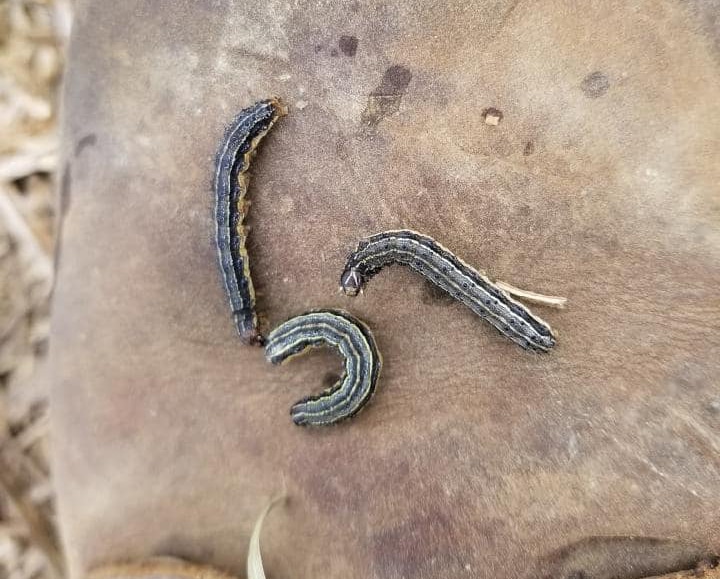
Successful Frost Seeding Tips
One of the best ways to accomplish pasture renovation is by frost seeding, sometimes referred to as overseeding, and is an easy and relatively inexpensive way to establish legumes. Frost seeding is simply broadcasting legume or grass seed on existing grass pastures in late winter or very early spring when the ground is still frozen. Freezing and thawing, plus early spring rains, provide the only seed coverage.
Read More



